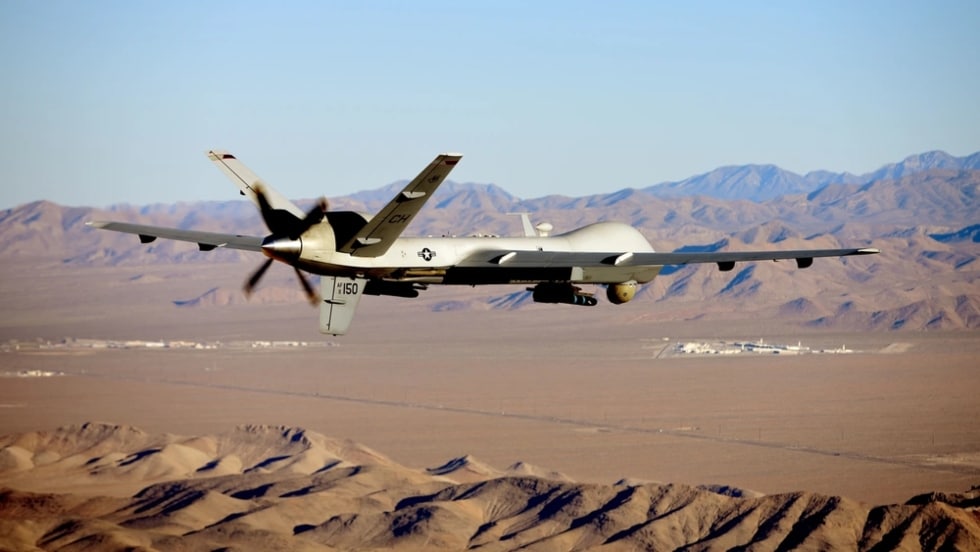American airstrikes in Somalia are on the rise in recent months, with US Africa Command (AFRICOM) conducting a flurry of operations against al-Shabaab militants since President Joe Biden reversed a full troop withdrawal ordered by his predecessor.
AFRICOM has carried out at least five bombing raids in Somalia so far in 2022, stating that its most recent strike last weekend killed 13 Shabaab fighters near the town of Teedaan. Four other missions were conducted between February 22 and August 9, alleged to have wiped out a total of 11 jihadists.
The Pentagon maintains the latest operation on August 14 resulted in zero deaths or injuries to civilians, in line with virtually every previous AFRICOM report on US strikes in the country. In the command’s last casualty assessment published in late July, it said it received no new reports of civilian deaths, though went on to note possible “discrepancies” between its own numbers and those of humanitarian monitors – some of which have accused the Pentagon of serious underreporting.
While the military launched a comparable number of strikes in Somalia last year, air operations appear to have accelerated since Biden’s decision to redeploy some 500 troops to the country in mid-May. Former President Donald Trump had ordered a full withdrawal of the roughly 800 soldiers on the ground in 2020, but Biden’s Pentagon later stressed the need for a “persistent US military presence in Somalia” in order to “enable a more effective fight against al-Shabaab.”
Despite years of American bombing raids and ground missions against al-Shabaab, however the group has only grown more radical since its 2006 founding, even pledging loyalty to al-Qaeda in 2012. It has also gained in strength in the meantime, with the United Nations estimating up to 12,000 fighters in its ranks earlier this year – potentially tripling its membership since 2013, when the African Union offered a lower-end figure of 4,000.
Shabaab rose from the ashes of Somalia’s civil war in the early 2000s, when warlords vied for power and control following the collapse of the Somali state. Though it began as a youth wing of the more moderate Islamic Courts Union (ICU) – which resumed some semblance of governance in Mogadishu and worked to oust warlords – foreign interventions led by Washington helped to drive the group into increasing militancy until it finally broke off from the ICU, eventually growing into an armed insurgency which rages on to this day.
















